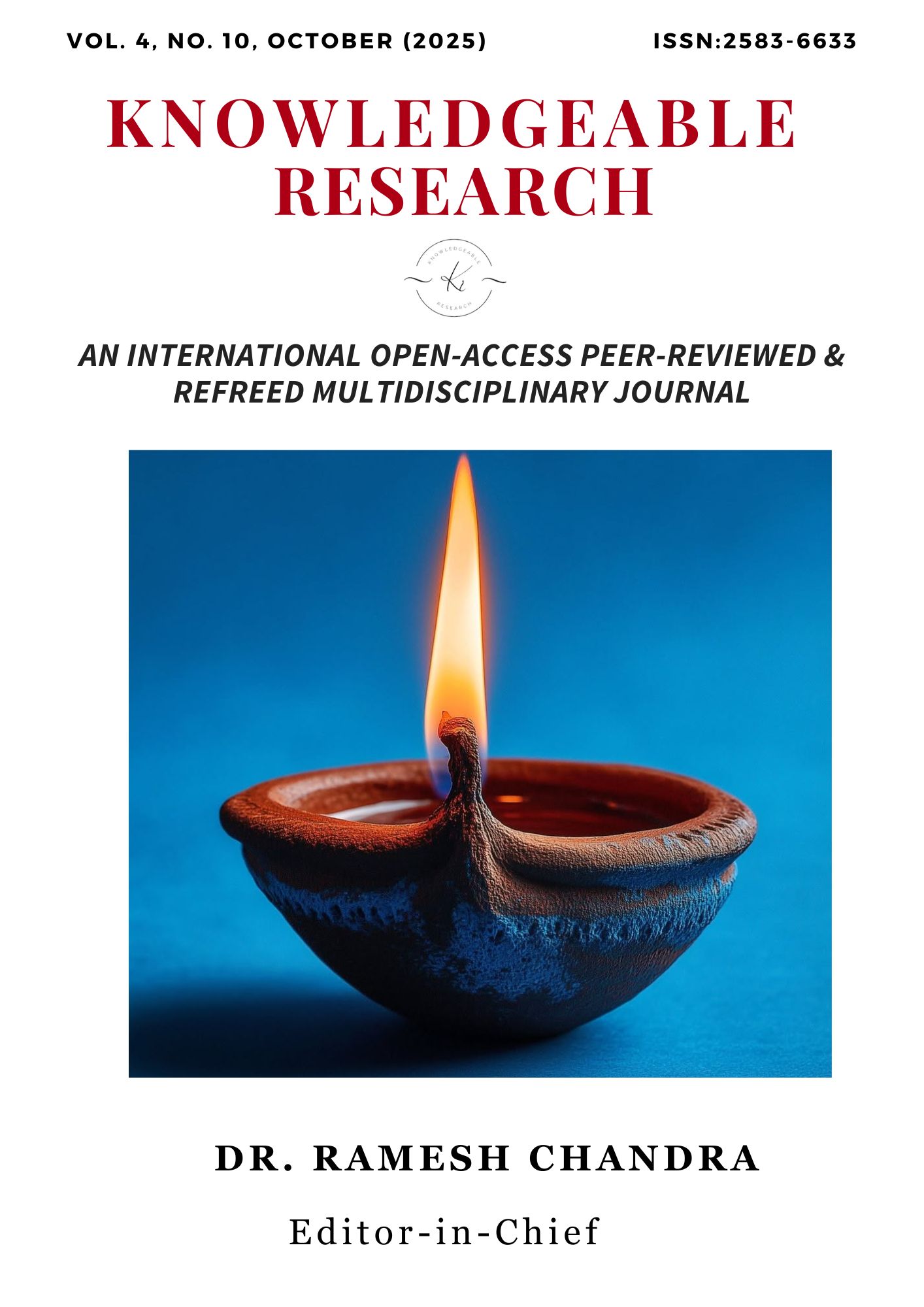Toxic Effects of Malathion on Morphology of Freshwater Catfish Heteropneustes fossilis
Main Article Content
Abstract
This study investigates the toxic effects of Malathion on the freshwater, air-breathing stinging catfish, Heteropneustes fossilis, with a focus on behavioral alterations under various pesticide concentrations. Experimental fish were exposed to graded doses of Malathion, and a range of behavioral parameters—including activity levels, opercular movement, air gulping, and schooling behavior—were meticulously analyzed. Results revealed progressive disruptions in swimming activity, resting periods, and respiratory responses, with increased concentration leading to more pronounced lethargy, irregular movements, and physical symptoms such as haemorrhage and skin rashes. No mortality was recorded, but the fish exhibited adaptive stress responses such as rapid opercular movement and increased air gulping. The findings underscore the vulnerability of aquatic fauna to sublethal pesticide exposures, emphasizing the necessity for careful water quality management and toxicant regulation to minimize ecological risk. The study provides critical baseline data for the assessment of chemical safety limits in aquatic environments, supporting sustainable management of freshwater resources and protecting aquatic biodiversity.
Downloads
Article Details
Section

This work is licensed under a Creative Commons Attribution-NonCommercial 4.0 International License.

